A faint dot stirs Uranus’s known companions.
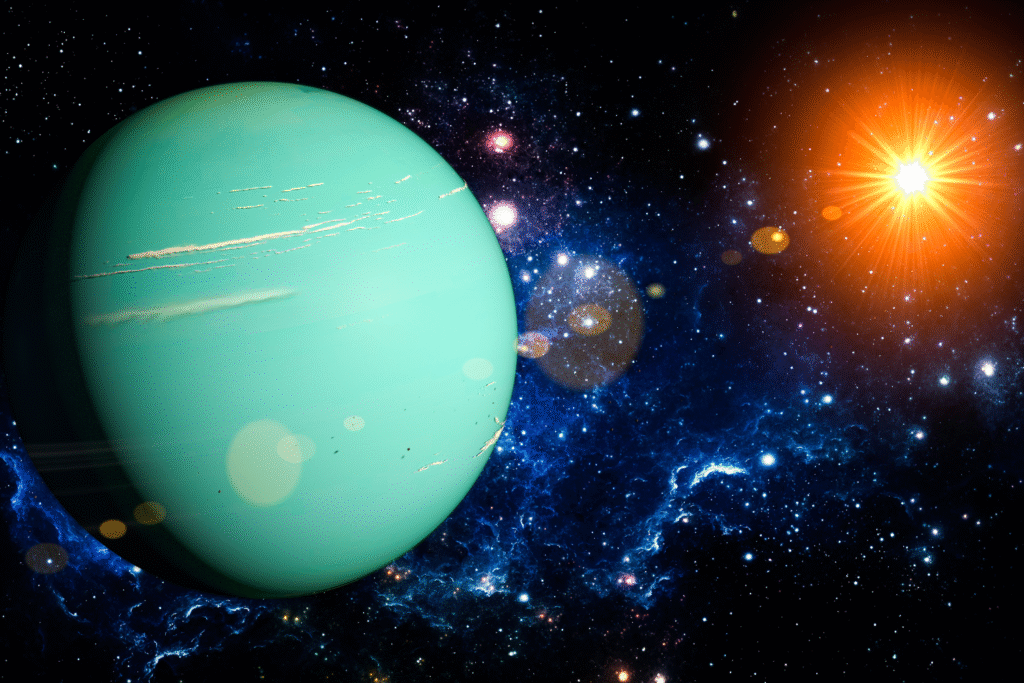
When astronomers first spotted a tiny, faint speck orbiting Uranus, the news rippled through planetary science. It is not often that a new moon shows up in our backyard after decades of observation. Yet thanks to the James Webb Space Telescope, that exact scenario unfolded earlier in 2025. Now Uranus, long seen as mysterious, has a fresh companion to study and wonder about.
The moon, provisionally named S/2025 U1, is small and dim, lurking among the planet’s inner satellites. Its discovery challenges assumptions about how thoroughly we have mapped our solar system and promises new insights into how moons form and interact with rings.
1. The moon was discovered using Webb’s infrared camera.
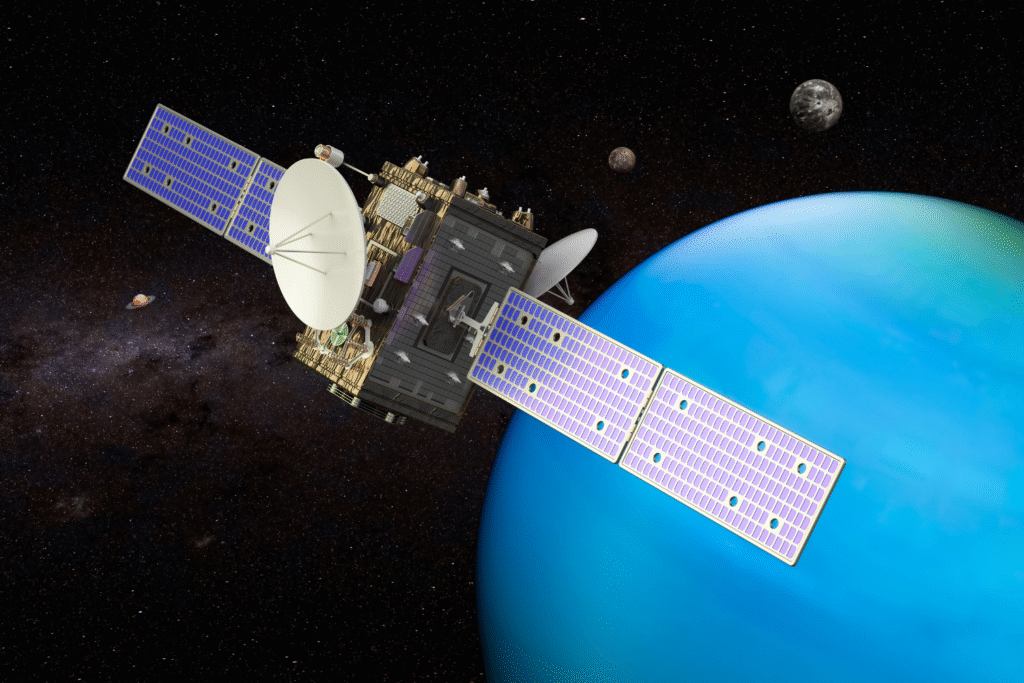
In February 2025, the James Webb Space Telescope captured a faint dot moving with Uranus’s inner moons. The motion, tracked across several long exposures, revealed it was not a passing star but a true satellite. According to NASA, Webb’s near-infrared camera made the detection possible by isolating faint light just beyond the visible spectrum. The new data confirmed that the object is gravitationally bound to Uranus.
After verifying the images, astronomers compared them with past observations to rule out artifacts. Once confirmed, the finding was announced as one of Webb’s most delicate detections so far.
2. The new moon is very small and incredibly faint.
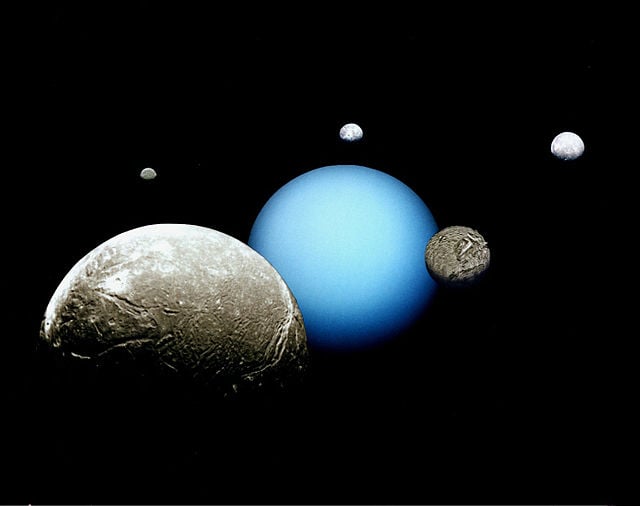
Scientists estimate S/2025 U1 is about ten kilometers wide, roughly the size of a small city. Its faintness explains why no previous mission ever saw it. The glow from Uranus’s atmosphere and rings has always obscured such dim targets. It was only after Webb’s infrared imaging reduced that glare that the moon became visible, as reported by Space.com.
Orbiting just beyond Uranus’s inner rings, the object reflects little light and completes a circuit every few days. Its near invisibility highlights how advanced modern telescopes have become.
3. This discovery brings Uranus’s moon count to twenty-nine.
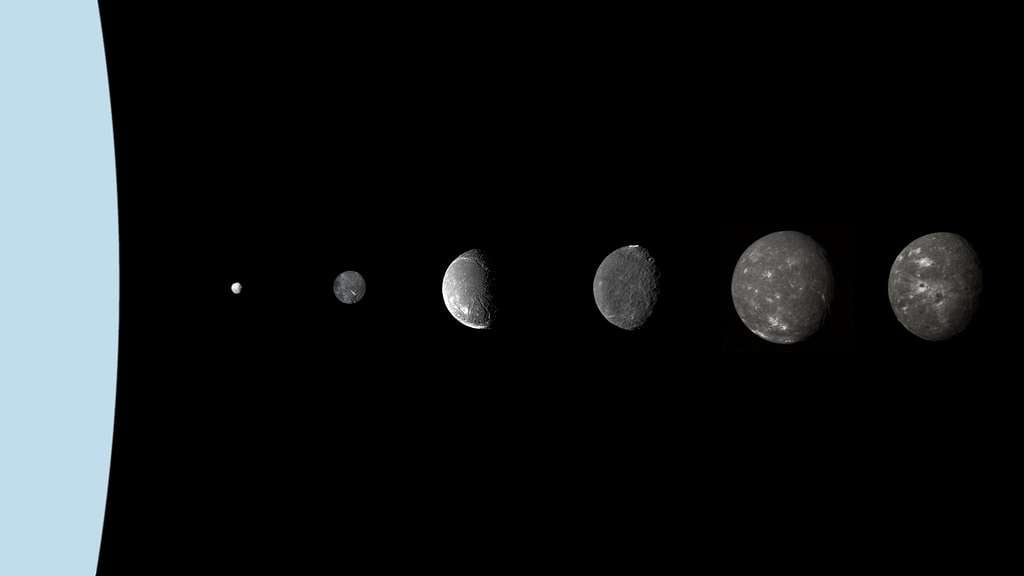
Before this finding, Uranus had twenty-eight known moons, all named after literary characters. The new discovery officially raises that number to twenty-nine, as stated by the Southwest Research Institute. Each newly confirmed moon deepens the mystery of Uranus’s complex gravitational environment, where small bodies weave between rings and larger satellites.
Because S/2025 U1 is so faint, researchers suspect there may be others like it still hiding nearby. This adds another layer to our understanding of how even minor satellites can influence the planet’s ring stability over long periods.
4. Its orbit lies between Ophelia and Bianca.
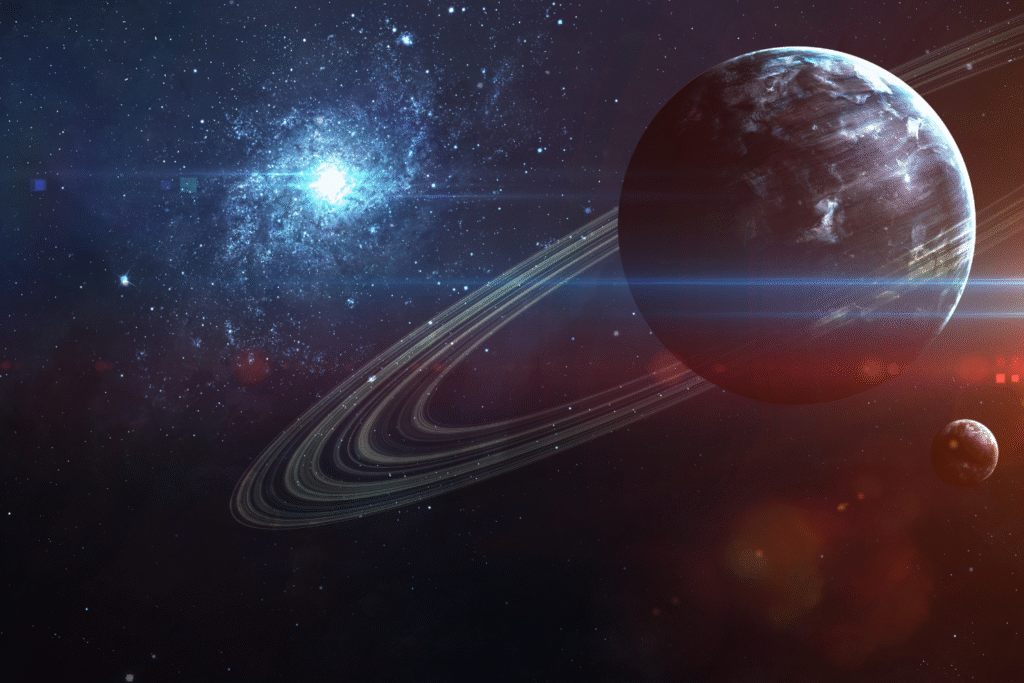
The small moon orbits at approximately fifty-six thousand kilometers from Uranus’s center, resting neatly between two known moons, Ophelia and Bianca. This zone sits just outside the planet’s brightest rings, making observation extremely difficult. The orbit appears nearly circular and aligned with Uranus’s tilted equatorial plane, a hint that it likely formed where it currently travels.
Astronomers believe this placement is key to understanding how Uranus’s inner system balances gravitational forces. Each moon there acts like a small gear in a complex, interlocking machine of movement and pressure.
5. It remained invisible until new technology caught it.
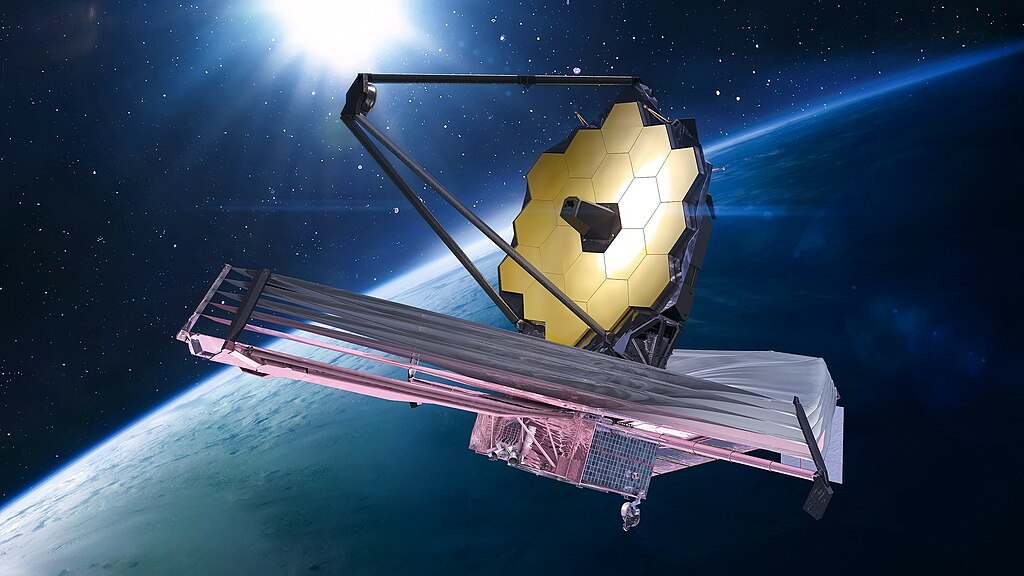
For decades, Voyager 2 and the Hubble Space Telescope mapped Uranus without noticing anything new. Webb’s ultra-sensitive instruments, designed to pick up faint heat signatures, changed that. This proves that even nearby planetary systems still hold secrets. The ability to detect such dim objects opens a window into a world once considered thoroughly explored.
The discovery also reveals how small bodies often hide in plain sight, their light lost amid larger celestial structures. Patience and precision, rather than luck, are what brought S/2025 U1 into view.
6. The find reshapes how we view Uranus’s rings.
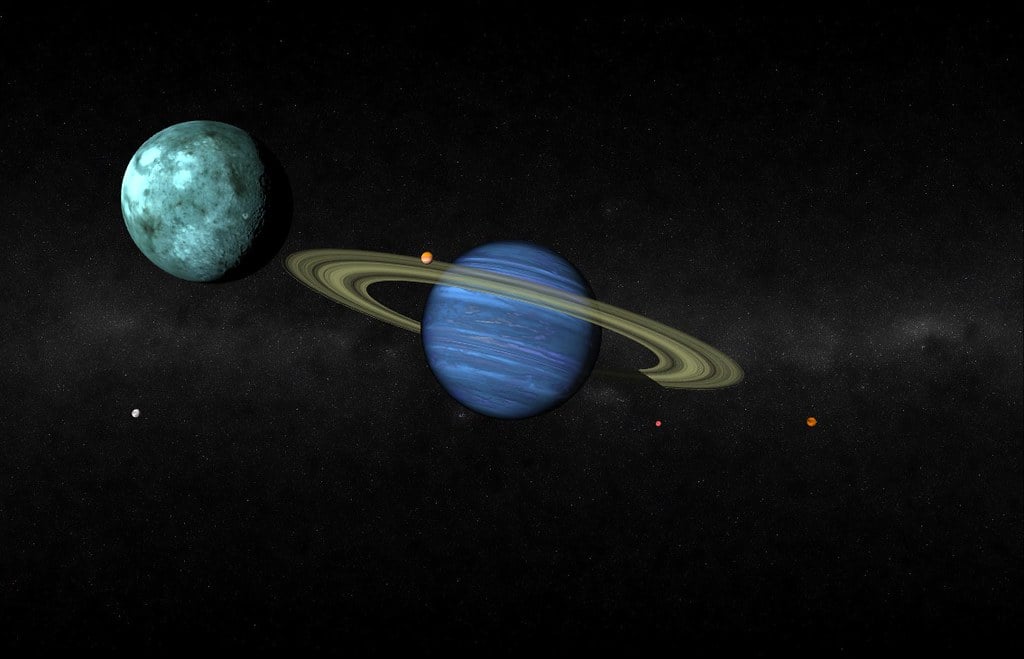
Uranus’s ring system is narrow and delicate, constantly influenced by small shepherd moons. Adding another object nearby changes the gravitational map scientists use to model how the rings stay confined. The new moon’s orbit may subtly shift the dynamics, redistributing material or stabilizing edges that were previously thought to drift freely.
As models update, researchers expect to learn more about the balance between dust, rock, and gravity within this mysterious system. Each new satellite refines the picture of a planet still surprising us centuries after its discovery.
7. Its existence hints at more unseen companions.
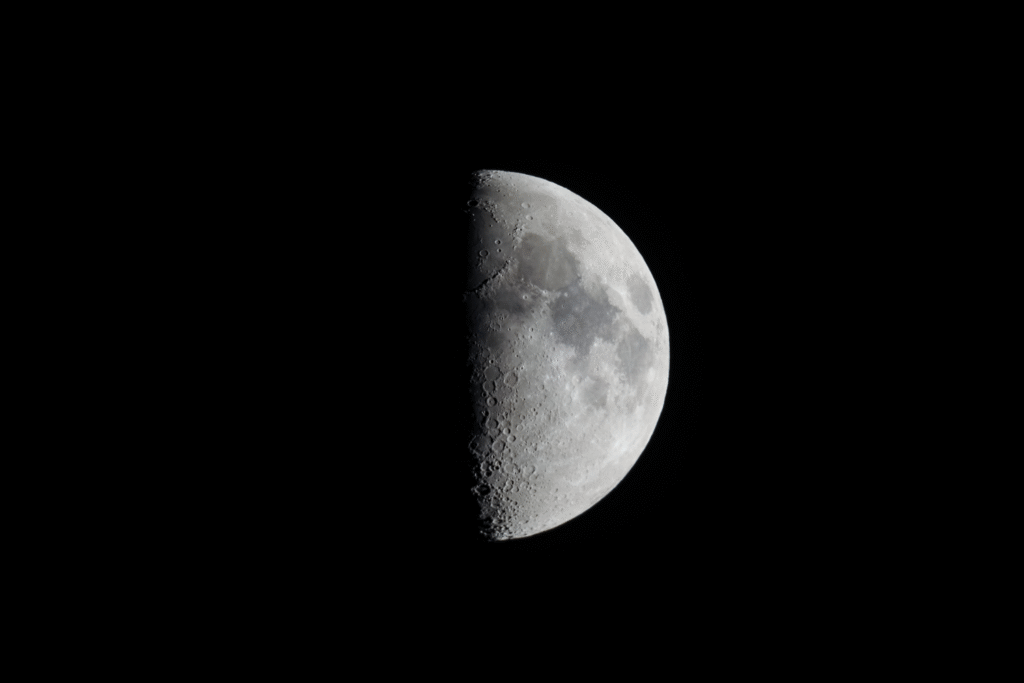
If one moon that small could remain hidden until now, there could easily be several more. Astronomers believe the region around Uranus might contain dozens of tiny bodies that reflect too little light to detect with older instruments. Future long-exposure studies may reveal a swarm of miniature moons yet unnamed or unseen.
Discovering them could help reconstruct Uranus’s ancient history, showing how impacts, collisions, and slow gravitational shifts built its current arrangement. What we see now may be only a small fraction of what truly orbits there.
8. It will soon receive a literary-inspired name.
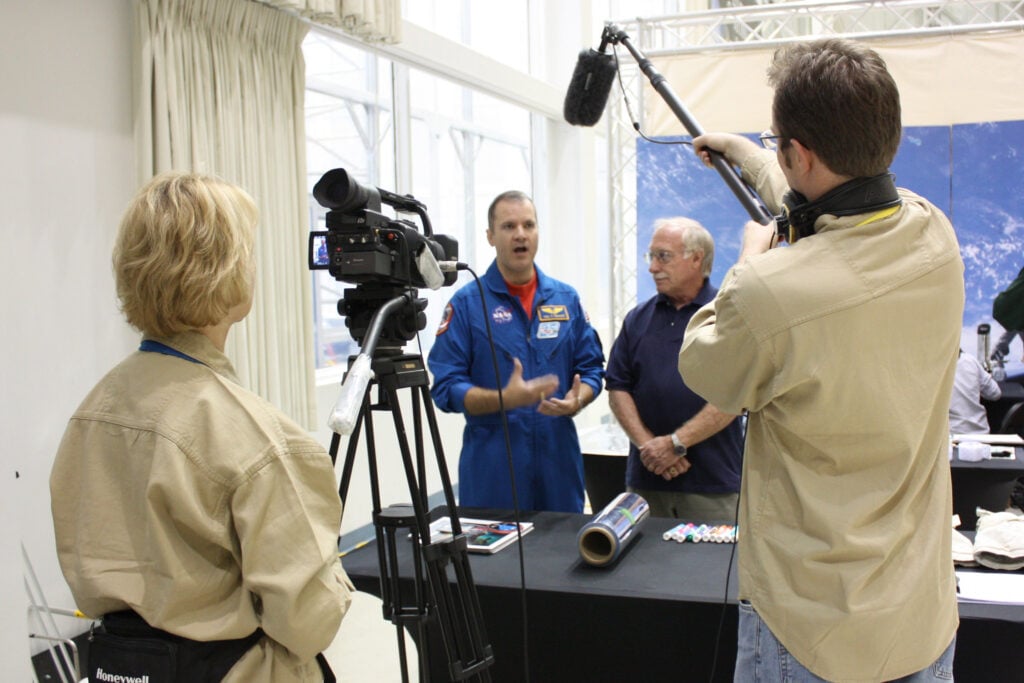
Once confirmed by the International Astronomical Union, S/2025 U1 will join Uranus’s other moons named after Shakespearean or Pope characters. Tradition gives each satellite a connection to literature, linking scientific discovery with human creativity. This naming process will likely follow after its orbit is officially cataloged and its composition better understood.
The name will carry symbolic weight, blending classical heritage with the cutting-edge technology that made its discovery possible. Even the smallest moon in the system earns a place in this poetic lineage.
9. Its discovery reminds us how little we know.
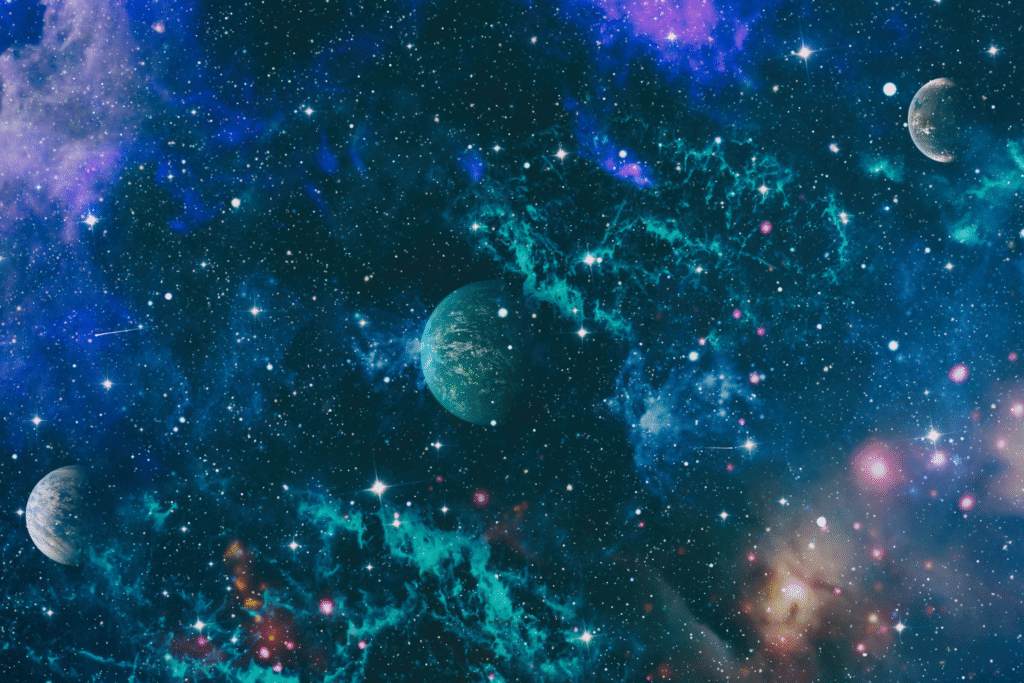
Finding a new moon around Uranus in 2025 underscores that our solar system still holds surprises. Advances in observation continue to challenge what we think is complete knowledge. Each faint discovery rewrites boundaries we once assumed were final.
In a universe full of giants, sometimes it is the tiniest objects that reshape perspective. The faint light of S/2025 U1 reminds us that discovery never really ends, even in the quiet reaches of our own planetary neighborhood.
